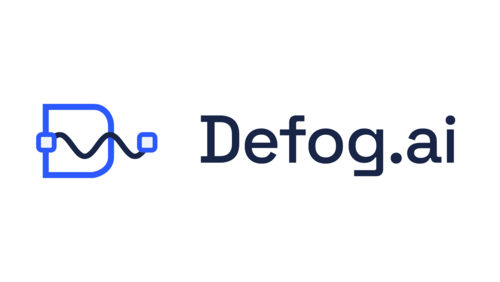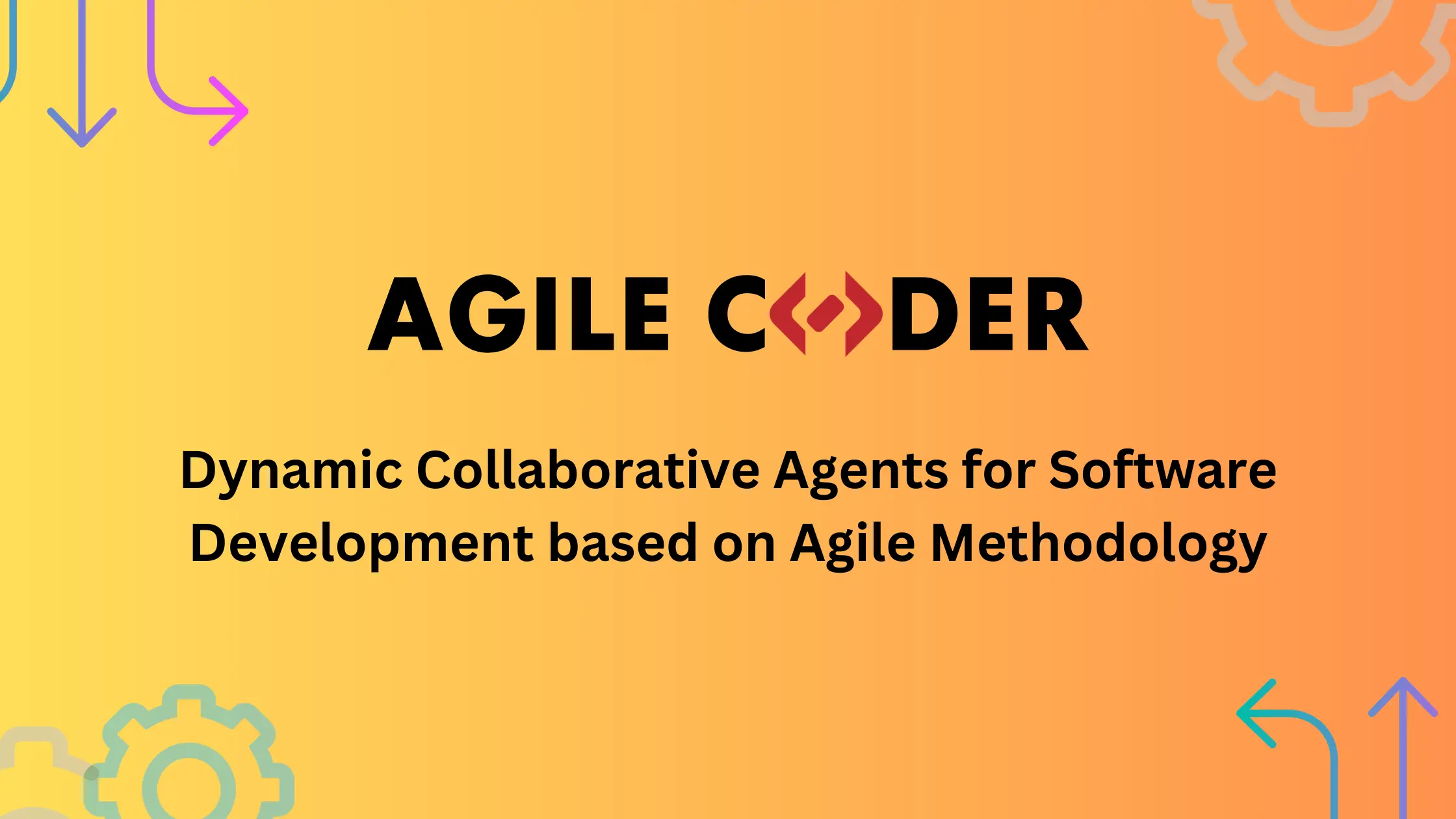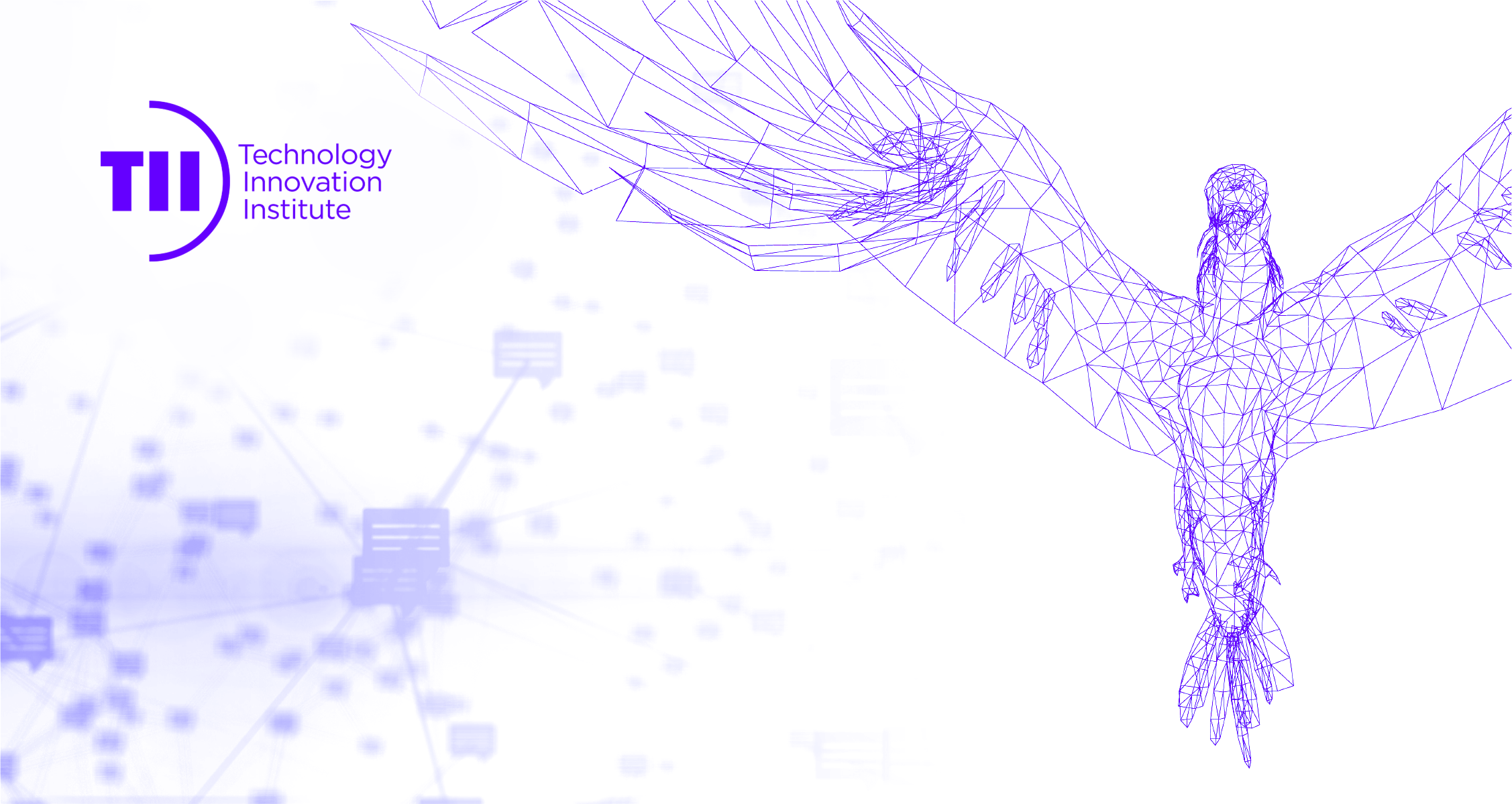In computational linguistics, the interface between human language and machine understanding of databases is a critical research area. The core challenge lies in enabling machines to interpret natural language and convert these inputs into SQL queries executable by database systems. This translation process is vital for making database interaction accessible to users without deep technical knowledge of programming or SQL syntax.
The Centre of this challenge is necessary for a tool that can effortlessly interpret human language into SQL, broadening access to database-driven insights. The essential problem is devising a system that not only converts text accurately but does so in a way that adapts to varied linguistic inputs and complex database structures. Current methodologies, while foundational, often struggle in practical applications where user instructions diverge significantly from the model’s training data or where databases exhibit intricate schemas.
Defog introduced LLama-3-based SQLCoder-8B, a state-of-the-art model for generating SQL queries from natural language. This new model stands out by addressing the limitations of prior systems. Traditional models often buckle under the pressure of complex, instruction-heavy queries or fail to adapt to the nuances presented by different database frameworks. SQLCoder-8B revolutionizes this landscape by integrating a broader spectrum of training data encompassing various instructions and more challenging SQL generation tasks.
SQLCoder-8B distinguishes itself through a refined methodology that significantly enhances its capability to process and follow intricate instructions, leading to highly accurate SQL outputs. The model has been rigorously trained on a dataset enriched with diverse SQL query scenarios. This training is designed to equip the model with the versatility to tackle real-world applications, ranging from simple direct queries to complex, multi-step SQL instructions.
The model’s efficacy is theoretical and is borne out in its performance metrics. In benchmark tests, SQLCoder-8B substantially improved over its predecessors, particularly in zero-shot scenarios where the model generates SQL code without prior specific examples. It achieved an accuracy rate of over 90% in these tests, a significant leap from the 70-75% accuracy rates seen in earlier models. This improvement underscores the model’s enhanced ability to interpret and execute SQL tasks directly from natural language inputs.
The model’s robust evaluation framework ensures it can handle queries with multiple correct answers, reflecting real-world usage where different formulations can lead to the same result. This flexibility is critical for practical applications, as it allows the model to adapt to various user needs and database designs without compromising the accuracy or relevance of the results.
In conclusion, the strides made with SQLCoder-8B simplify and enhance interactions between humans and database systems. By enabling more accurate, intuitive, and user-friendly text-to-SQL translations, SQLCoder-8B paves the way for broader access to database technologies, allowing a wider audience to leverage data-driven insights without specialized training. This development not only marks a significant advancement in computational linguistics and database management but also has the potential to democratize access to information in an increasingly data-driven world.
Sources
- https://twitter.com/rishdotblog/status/1788650171246551086
- https://defog.ai/sqlcoder-demo/
- https://huggingface.co/defog/llama-3-sqlcoder-8b
- https://defog.ai/blog/open-sourcing-sqleval/











